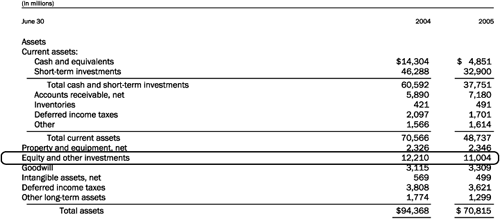Intercompany Investments
Companies often make investments for various strategic reasons:
Partnerships and joint ventures
Investments in start-up technologies, new regions
In accounting, such investments can be broadly placed into three categories, generally depending on the percentage of ownership in them and the resulting level of control over them:
Cost Method
Under 20% ownership
Level of Influence: None/Little
Equity Method
Usually between 20% and 50%
Level of Influence: Significant
Consolidation Method
Usually over 50% ownership
Level of Influence: Control

Cost Method Investments
When a company holds less than a 20% ownership interest in another company, the investment is measured at its cost (acquisition price) if there is not a readily available market to determine fair market price.
Equity Method Investments
Strategic investments, typically associated with a 20% to 50% ownership interest in another company, are measured at their cost (acquisition price). As the investee’s equity increases (net income) or decreases (dividends), the investor’s equity value in the investee increases or decreases over time in proportion with the ownership level.
Fair ValueSFAS 115 requires publicly traded securities to be recorded at their fair market value. Notice that this is a deviation from the historical cost principle. ... |
Get Crash Course in Accounting and Financial Statement Analysis, Second Edition now with the O’Reilly learning platform.
O’Reilly members experience books, live events, courses curated by job role, and more from O’Reilly and nearly 200 top publishers.

